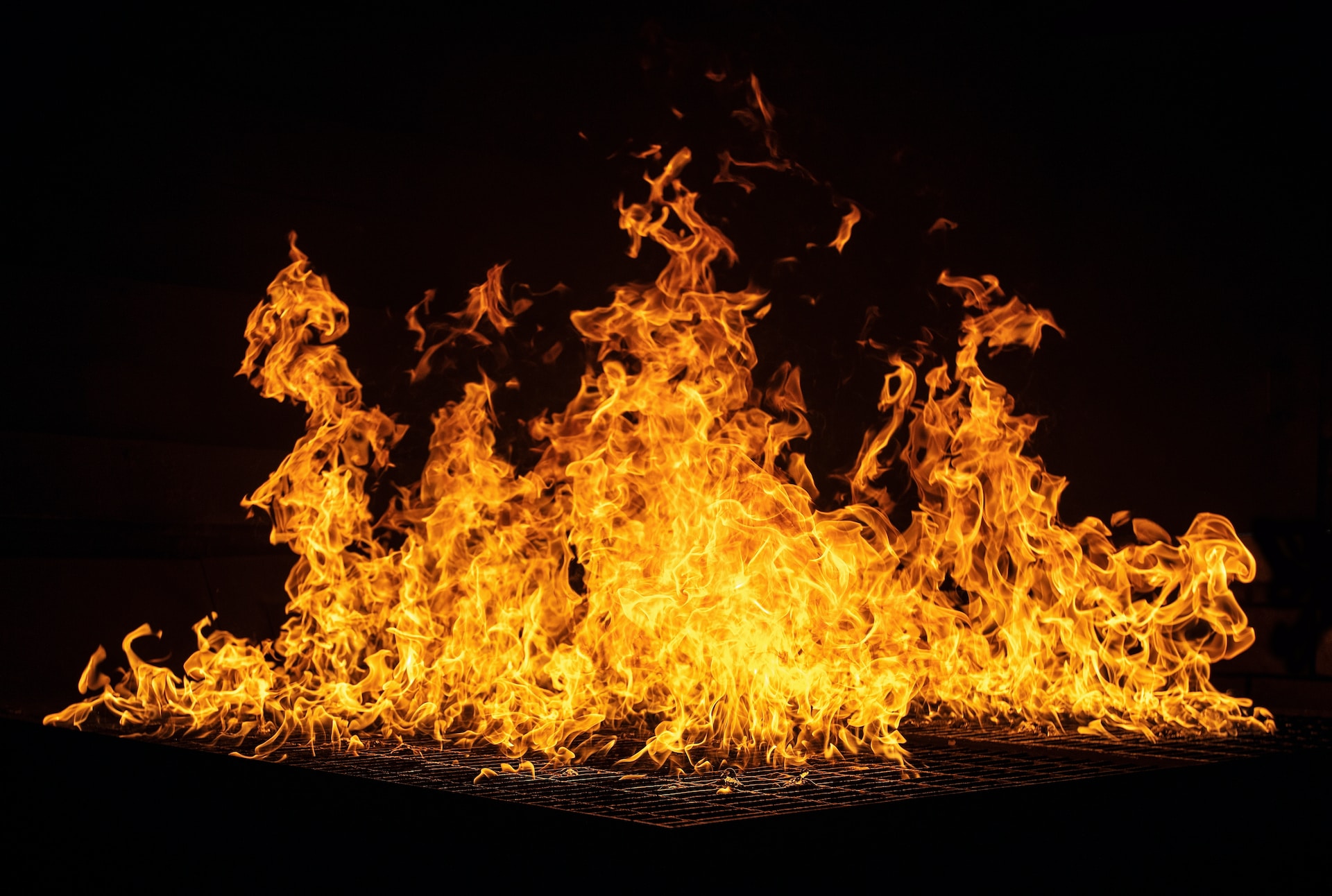Witchburning
There were times when magic was viewed with horror in people's eyes and many would do anything to root it out from human society. Traditionally, all people convicted of being witches - no matter the gender, age or their noble status - would burn at the stake. What some viewed as necessity, others could see as a method of entertainment, as public executions were and still remain to this day the number one event bringing in crowds every time. People want to see evil being punished in the most cruel and exemplary ways to make sure it doesn't prosper.
Burning at the stake is not a nice way to go. But witches do not deserve niceness. Witchcraft used to be strongly associated with curses. For centuries everyone believed it impossible to be able to do good deeds while also being a witch. Magic would always manage to steal your soul away. While this perspective has changed, as more and more people were able to research and discover what magic and curses are all about, calling someone a witch in public still carries strong negative connotations.
Nowadays, having someone burn at the stake is a rare occassion and it is reserved for the most vile of criminals - usually those who have breached the core values of society so strongly, there is a need to cleanse the very space they have occupied, leaving nothing but ashes that are then scattered in the wind.
In some regions people burn big straw dolls made to resemble witches at the end of the winter months, to make away with those cruel freezing conditions and bring luck to the next harvest. This end of the season ceremony also features loud and lively music, a lot of good food - usually donated from the local noble lord - and festive dances lasting well into the night. Sometimes, the celebrations last as long as the fire is burning, which can be even a couple of days.

